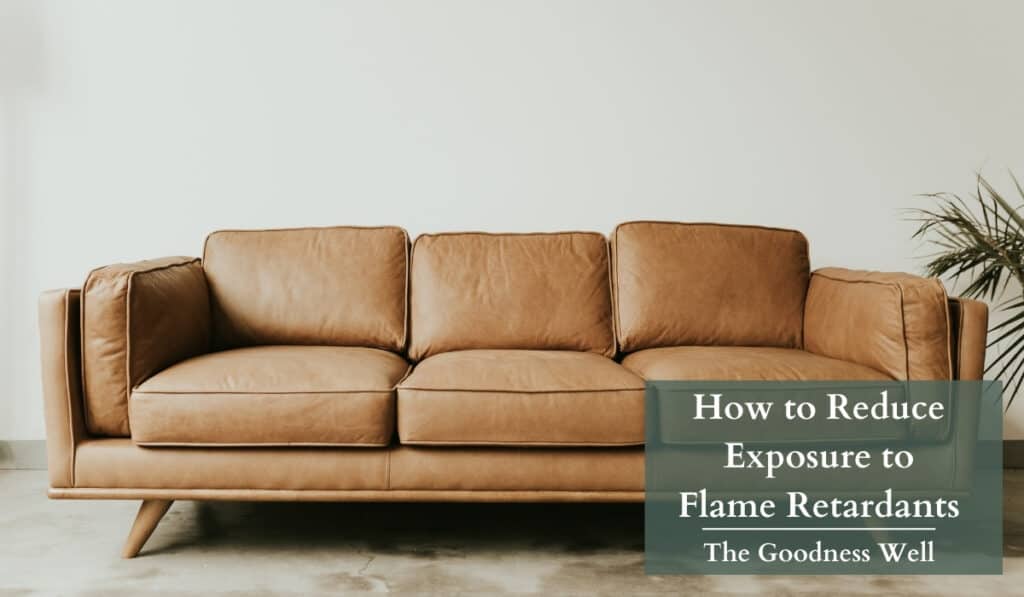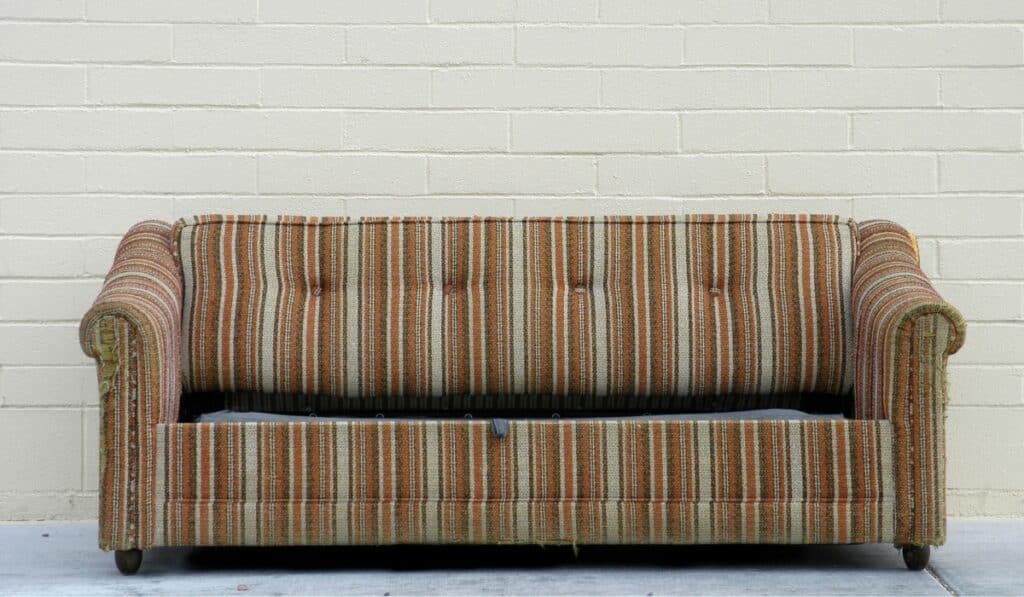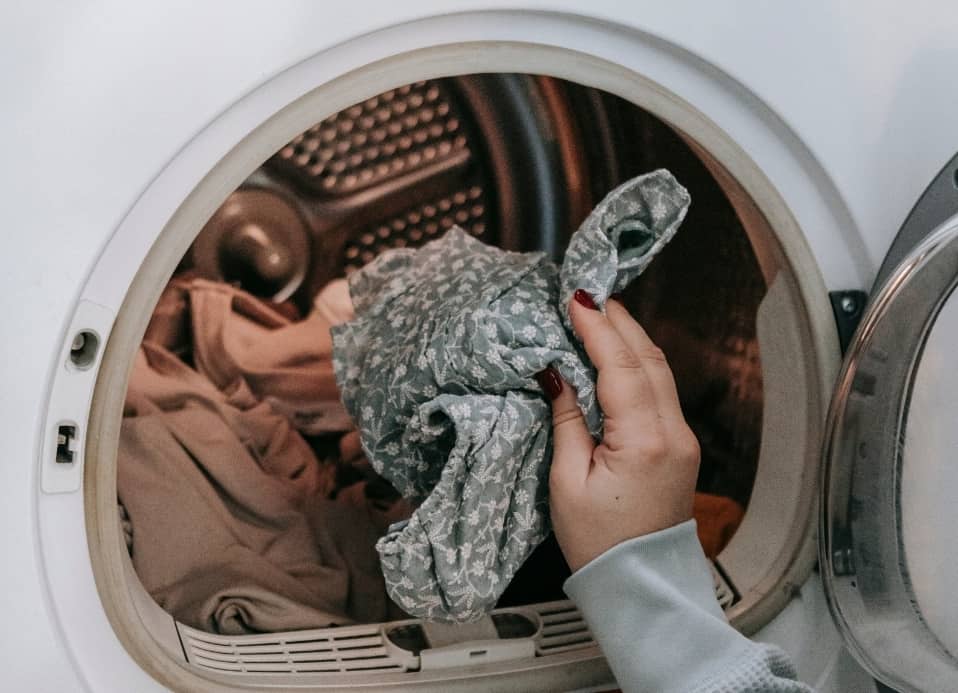How to Reduce Exposure to Flame Retardants (5 Practical Tips)

You’re probably here because you know how toxic fire retardants are and you want to know how to reduce exposure to flame retardants in your home.
Well, you aren’t the only one concerned about this.
In our last article, “Is Fire Retardant Toxic,” we discussed the health risks associated with flame retardants.
In recent years, manufacturers have aimed to replace toxic flame retardants like PBDEs with seemingly less harmful ones like TBBPA, only to discover they are just as harmful.
Let’s take a look at some simple but effective ways to reduce flame retardant exposure to keep your home and its air-free from harmful chemicals.
TL;DR:
- Replace Old Furniture
- Dust and Clean Regularly
- Use a HEPA Vacuum
- Wash Hands Often
- Don’t Reupholster Old Furniture
5 Tips to Reduce Exposure to Flame Retardants
1. Replace Old Furniture
Consider replacing old furniture, mattresses, and car seats that may contain high levels of flame retardants. Especially furniture, as you spend a good amount of time on.
Older furniture, especially if it’s ripped or deteriorating, may have a higher likelihood of releasing dust and particles containing flame retardants.
Which brings us to our next tip…
2. Dust and Clean Regularly
Regular cleaning and dusting can minimize dust or particles that contain flame retardants.
Remember, flame retardants like to “off-gas” their chemicals into the air and dust around us. They don’t simply just stay in or on whatever product they’re in.
According to the Illinois Department of Public Health, even frequent damp mopping of floors and dusting with a damp cloth will help to reduce contaminated dust from getting into the air.
Use a damp cloth or microfiber cloth to wipe surfaces and capture dust effectively.
3. Use a HEPA Vacuum
Flame retardants can also gather in particles like dust on your floor, especially in and on the carpet.
Children play around on the floor and are more likely to put their fingers and other items into their mouths.

Because of this exposure, children are at a high risk of endocrine disruption and neurodevelopmental disorders.
But again regular dusting along with frequent vacuuming, specifically with high-efficiency particulate air (HEPA) vacuums, these small particles, including dust that may contain flame-retardant residue can be captured.
Using a HEPA vacuum regularly can remove dust from carpets, upholstery, and other surfaces that could contain these chemicals.
4. Wash Hands Often
Washing hands often, especially before eating or touching your face, can help remove any dust or residues picked up from contaminated surfaces.
This simple habit can reduce exposure to flame retardants by preventing ingestion of them.
It is also just good practice to reduce exposure to germs and viruses. 🫧
5. Don’t Reupholster Old Furniture
Reupholstering old furniture with new foam can introduce additional flame retardants into your home.

Instead, consider alternatives such as using slipcovers or decorative throws to refresh the look of your furniture without the need for reupholstering.
Remember to check product labels and ask manufacturers about flame retardant content when purchasing new items to make sure you’re getting a safe product.
Can You completely Remove Flame Retardant From Furniture?
Removing flame retardants from furniture might not be practical and is also risky.
These chemicals are deeply embedded in the foam padding and other parts, and trying to remove them can expose you further.
Professional help can replace certain components, but this can be costly and not really effective.
The most practical way to avoid these chemicals is to purchase flame-retardant-free furniture and responsibly dispose of older, potentially treated pieces.
How to Remove Flame Retardants From Clothes
While most clothes do not contain flame retardants, some loose-fitting clothing like children’s pajamas can.
And while people might tell you that you can simply wash out flame retardants, this is not true.
Flame retardants in clothing are designed to withstand washing and wearing. The chemicals are often integrated into the fabric during manufacturing, making them difficult to eliminate completely.
Repeated washing may reduce the level of some types of flame retardants over time, but it won’t eliminate them and can release these chemicals into the environment.
So the best bet is to avoid clothing containing flame retardants and look for non toxic options instead.

Final Thoughts
Flame retardants in furniture and other products in our home can contaminate our home’s air and put our family at risk.
While the “simple” thing to do would be to replace your products that might contain flame retardants, not all of us can afford this.
So taking these steps to reduce exposure to flame retardants is key to helping keep your home safe from these chemicals.
Frequently Asked Questions
Where are flame retardants commonly found?
They are often found in household furniture, electronics, textiles, and building materials.
How do I know if a product contains flame retardants?
Check product labels, ask manufacturers directly, or look for certifications indicating the absence of harmful flame retardants.






